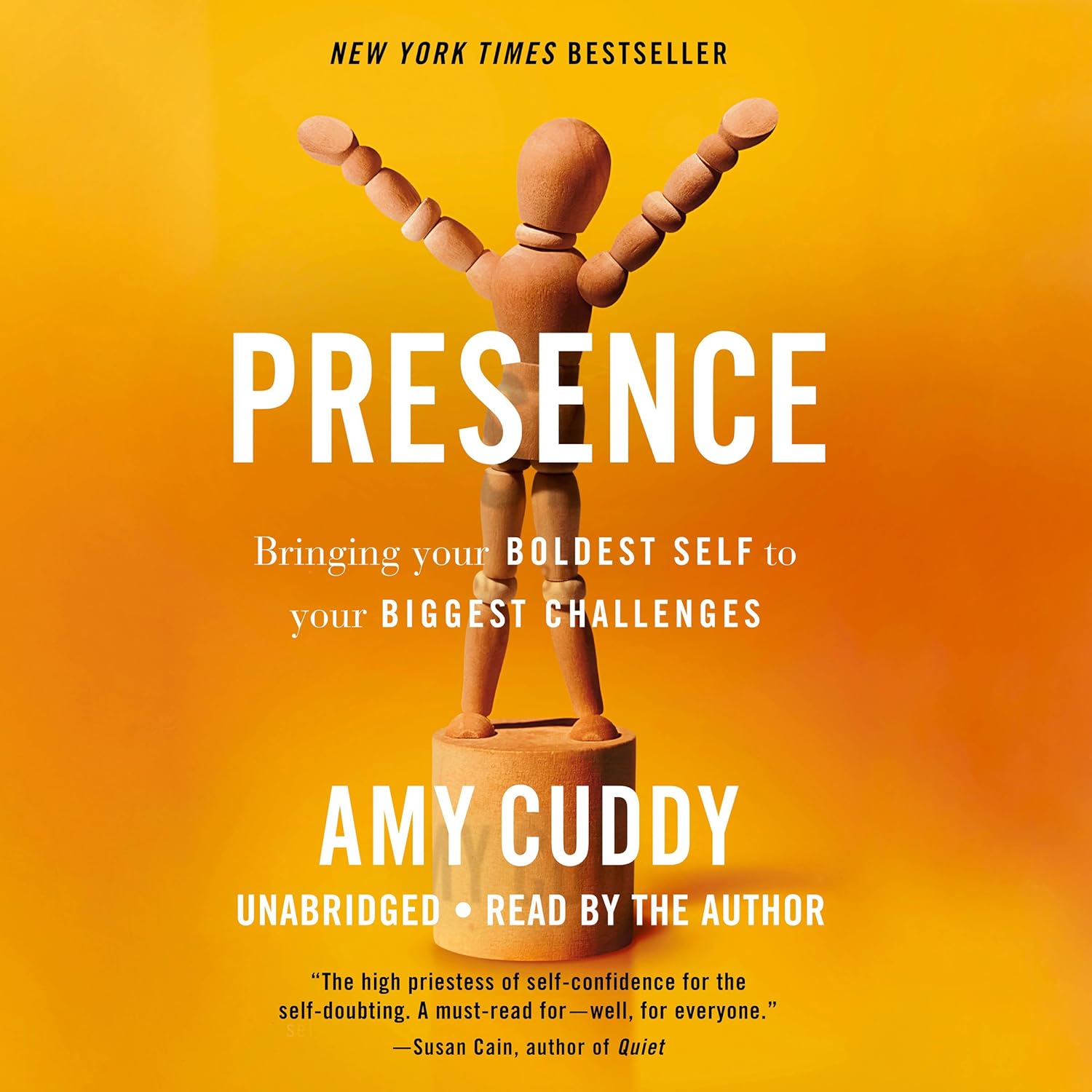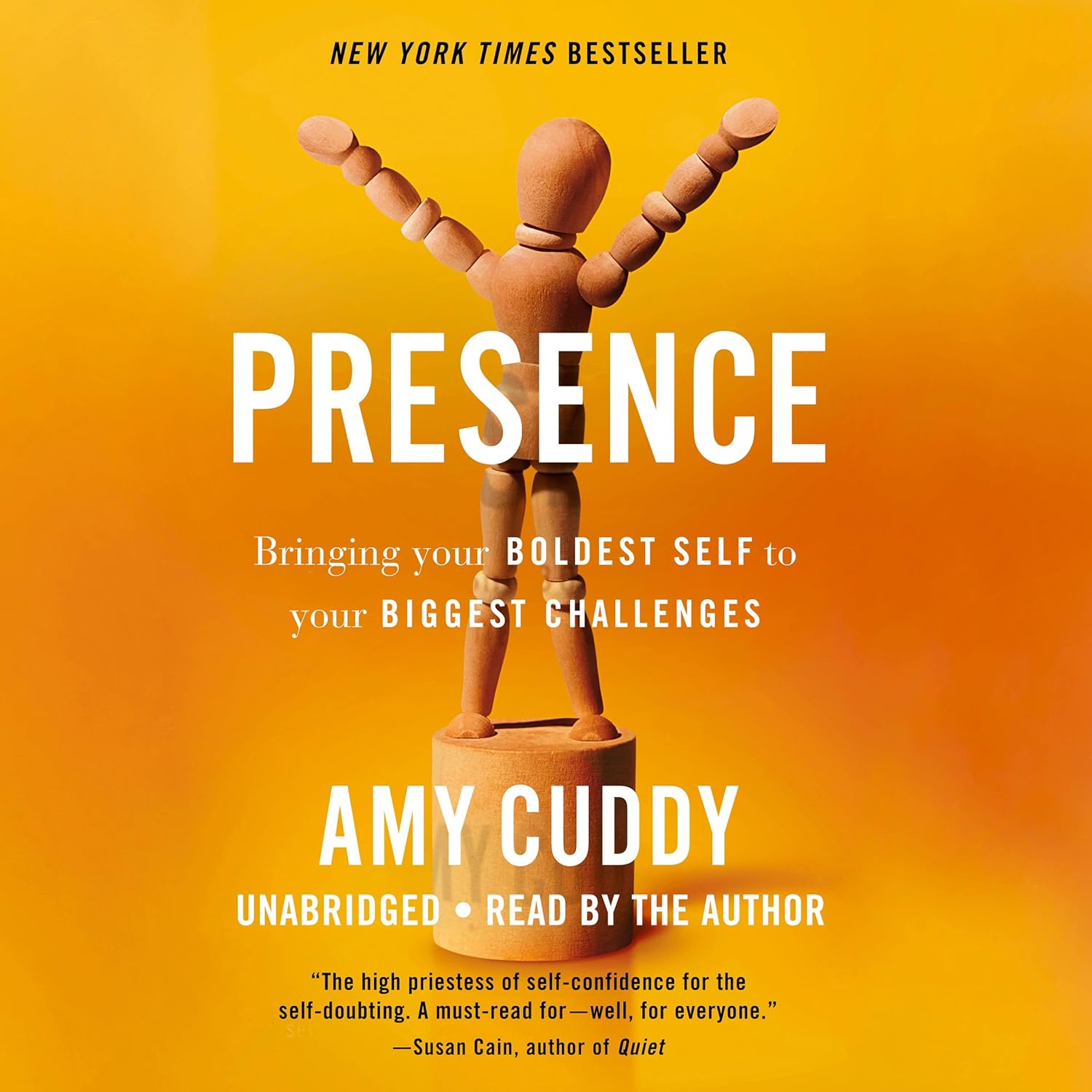Book Review: Presence by Amy Cuddy
As an avid reader who seeks out intellectually stimulating and practical self-help books, I was particularly drawn to Amy Cuddy’s Presence. The premise of the book caught my attention immediately, especially the intriguing idea that we can face our most challenging moments with confidence rather than anxiety. Having experienced my share of high-pressure situations—be it job interviews or important presentations—I felt this book could offer me valuable insights.
Cuddy’s arguments are compelling; she asserts that by accessing our personal power, we can cultivate a lasting state of “presence.” I found her discussions on body language and how it affects not just our own self-perception but also how we are perceived by others to be fascinating. For example, Cuddy emphasizes that adjusting our posture—like adopting a “power pose”—can enhance our feelings of confidence and efficacy in challenging situations. This scientific grounding, paired with real-life stories from individuals who benefited from her techniques, made the book both educational and relatable.
Positives
One of the standout features of Presence is its accessibility. Cuddy conveys complex psychological science in a very reader-friendly manner, which is something many readers appreciate. This aligns with the customer feedback I’ve seen, noting the book’s ease of understanding and the meaningful research that brings stories to life. The chapter on cortisol and testosterone, and how these hormones influence our confidence, truly opened my eyes. It was fascinating to learn that our body can influence our mind in so many ways.
Additionally, I resonated with the idea proposed by Dr. Ali Binazir, who pointed out that presence is crucial in various aspects of life, including job performance, relationships, and personal development. The exercises Cuddy recommends, such as self-affirmation and practicing power poses, feel thoroughly actionable and are easily integrated into daily routines.
Drawbacks
However, Presence is not without its drawbacks. A recurring sentiment among readers is that certain sections of the book can feel repetitive. While I appreciated the reinforcement of key concepts, I occasionally found myself wishing for a bit more brevity. There were times when Cuddy would reiterate the same ideas, which could dilute the impact of her more compelling arguments.
Another point of critique I noticed, particularly relevant to my reading experience, is her skepticism towards mindfulness practices. As someone who has found mindfulness beneficial, I felt this perspective missed an opportunity to explore how mindfulness could complement her ideas on presence. While Cuddy emphasizes the importance of managing our body language and behavior, I think acknowledging the role of mindfulness could add depth to her narrative.
Conclusion
Despite its minor drawbacks, Presence is a powerful and enlightening read that achieves its goal of encouraging readers to approach challenges with confidence. The balance Cuddy strikes between research and relatable storytelling makes this book not only informative but also engaging. It aligns perfectly with the book description’s promise of freeing ourselves from fear and regret.
As I closed the final chapter, I felt equipped with new tools to enhance my self-presentation, which is precisely what I was hoping for when I picked it up. Whether you’re a performer, a student, or someone facing everyday challenges, I highly recommend Presence. It could indeed be a transformative reading experience that inspires practical changes in how you face life’s hurdles—and who wouldn’t want that?
Overall, I would confidently rate this book 4.5 stars. It offers solid insights and practical techniques, but could benefit from tightening its narrative at times. If you’re looking to bring your best self to your challenges, this book may just be what you need.
Unlock your potential with Presence and embrace your boldest self in the face of challenges. >>








